#french ballet dancers
Text
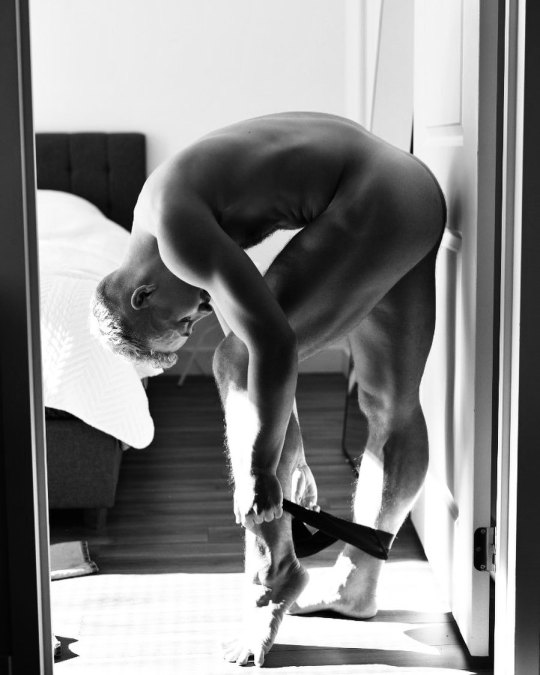
Célestin Boutin - Les Grands Ballets Canadiens de Montréal
#Célestin Boutin#french ballet dancers#Les Grands Ballets Canadiens de Montréal#danseur#bailarín#ballerino#dancer#tänzer#boys of ballet#ballet men#dance#ballet
579 notes
·
View notes
Text
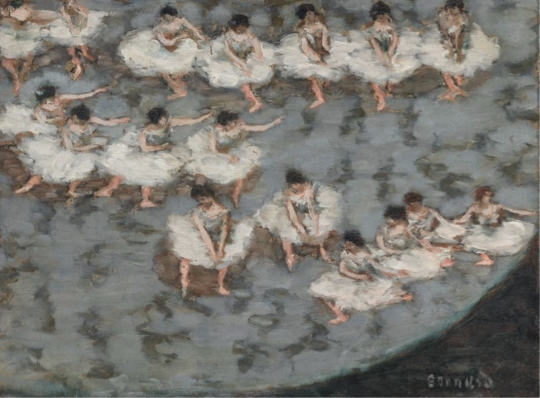
Pierre Bonnard (French, 1867-1947), Le Ballet, c.1896. Oil on cardboard, 28 x 36 cm. Musée d’Orsay, Paris
187 notes
·
View notes
Text

Henri Matisse
Two Dancers (Deux danseurs)
(Stage curtain design for the ballet Rouge et Noir)
1937-38
#henri matisse#french art#french artist#french painter#french painting#fauvist#fauvism#les fauves#dancers#dance#ballet#modern art#art history#art on tumblr#aesthetic#beauty#tumblr art#tumblrpic#tumblrpictures#aesthetictumblr#tumblraesthetic
43 notes
·
View notes
Text

Dancer of the Royal Ballet from Phnom Penh, Cambodia
French vintage postcard
#cambodia#historic#dancer#photo#briefkaart#vintage#ballet#the royal ballet#sepia#photography#carte postale#phnom#postcard#postkarte#postal#tarjeta#ansichtskarte#french#old#royal#ephemera#phnom penh#postkaart#penh
54 notes
·
View notes
Text

Ballet Rehearsal on Stage, Edgar Degas, 1874
Happy World Ballet Day!
#art#art history#Degas#Edgar Degas#genre painting#ballet#ballet dancer#ballerina#Impressionism#Impressionist art#French Impressionism#French art#19th century art#Musee d'Orsay
198 notes
·
View notes
Text
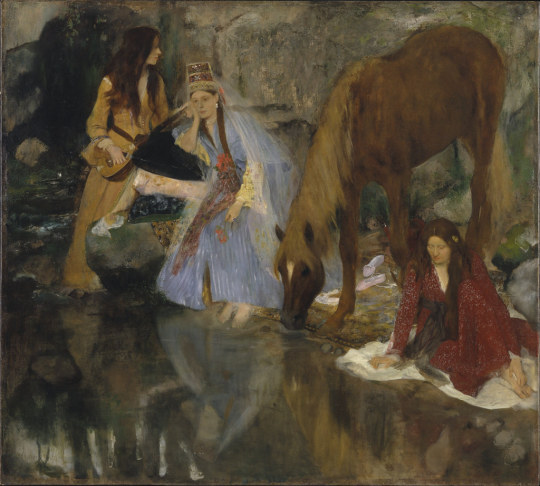
Portrait of Mlle Fiocre in the Ballet “La Source” (c.1867-1868) • Edgar Degas (French, 1834-1917) • Oil on canvas • Brooklyn Museum.
Edgar Degas’ painting, Mlle Fiocre In The Ballet The Source, showcases the renowned ballerina Eugénie Fiocre in her role as princess Nourreda in the ballet La Source - an elaborate production, with exotic costumes and sets, that also included bodies of water onstage as well as livehorses. Degas depicts the famous ballerina at center in pale blue. Painting the dancers at a pause in their rehearsal—note the cast-off ballet slippers—Degas captures them at a transitional moment between the imagined place and time of the ballet and the private reveries of the present. Created in 1867-68, this piece of art exemplifies the impressionism style, capturing the beauty of nature and the female form intertwined during a ballet performance. Degas was known for his pursuit of this element and moved beyond creating mere records of performances to opportunities for capturing new elements.
Currently housed in the Brooklyn Museum in New York City, this painting remains popular among art enthusiasts for its stunning scene of a ballet performance and its significant contribution to impressionistic art.
~ arthive.com, internetarchives.org
#art#painting#fine art#art history#19th century art#impressionism#degas#ballet#women in paintings#french artist#cultural history#ballet in art#dancers in artworks#french painter#historical painting#brooklyn museum
27 notes
·
View notes
Text
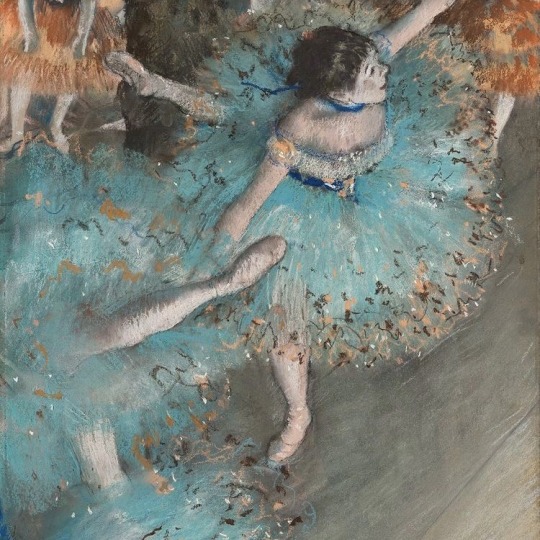

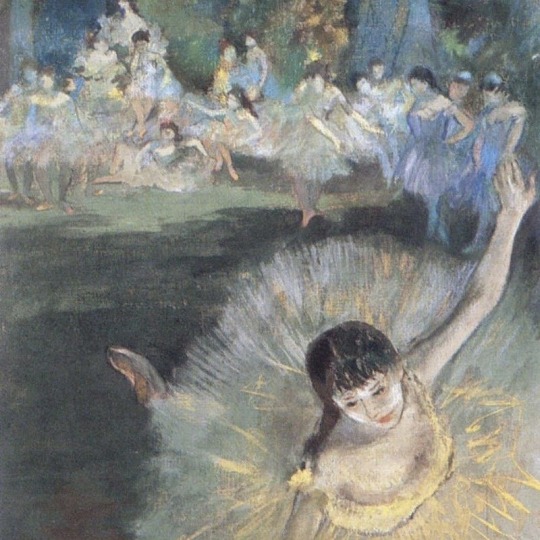
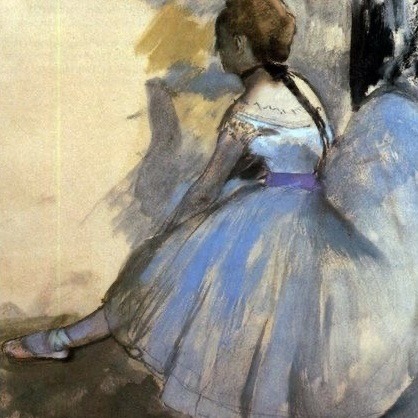
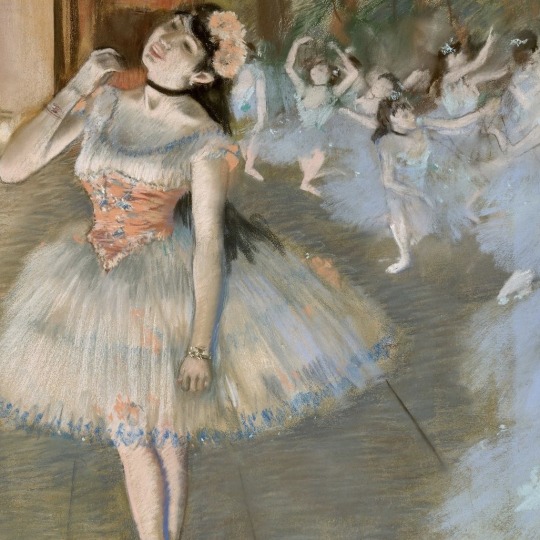



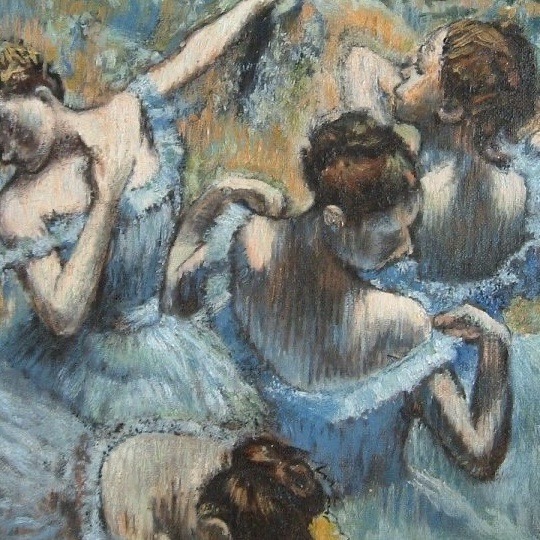
Artists: Edgar Degas (1834 – 1917)
#edgar degas#ballet#balletcore#dancers#impressionism#impressionist art#french artists#french impressionism#fine art#european art#blue aesthetic#pastel aesthetic#pastel art#lights camera action#contemporary dance#impressionist#ballet aesthetic#ballet academia#light academia#light academia aesthetic#artists
61 notes
·
View notes
Text

Célestin Boutin - Les Grands Ballets Canadiens de Montréal
#Célestin Boutin#french ballet dancers#Les Grands Ballets Canadiens de Montréal#danseur#dancer#ballerino#bailarín#tänzer#boys of ballet#ballet men#dance#ballet
84 notes
·
View notes
Photo

Carlotta Edwards (1894-1977) | Ballet dancers [x]
#carlotta edwards#ballet dancers#art#art details#art history#ballet#ballerina#classical ballet#ballet art#ballet costumes#la sylphide#giselle#queen of the willis#french artist#french#french art#women artists#19th century#19th century art#19th century artist#20th century art
173 notes
·
View notes
Text
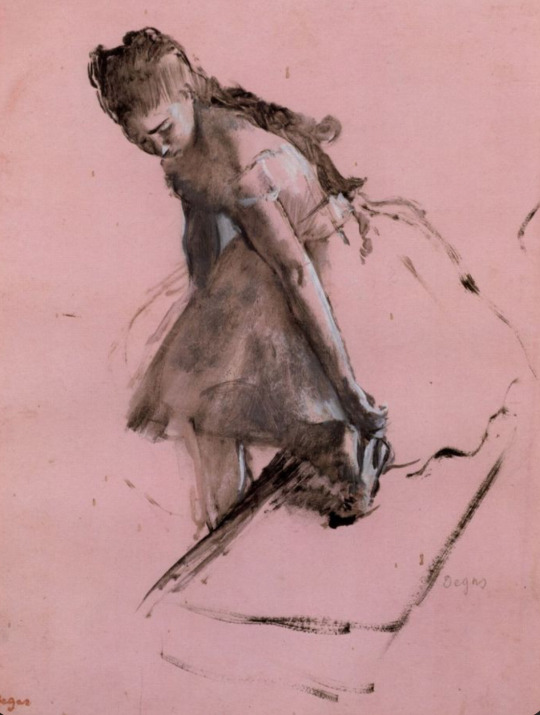
Edgar Degas (French, 1834-1917)
2 notes
·
View notes
Photo
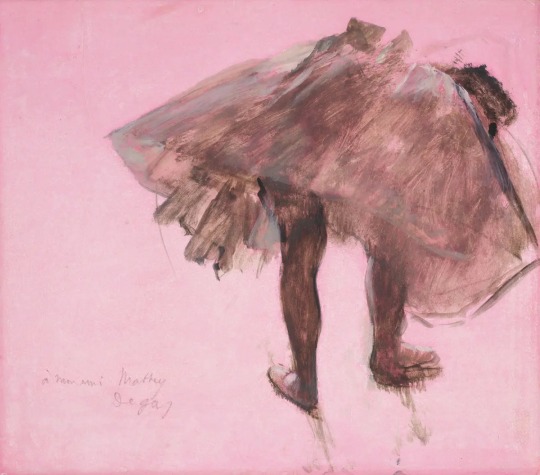
Edgar Degas (French, 1834-1917), Dancer Seen from Behind, 1873. Essence on prepared pink paper, 28.4 x 32 cm. Collection of David Lachenmann
437 notes
·
View notes
Text
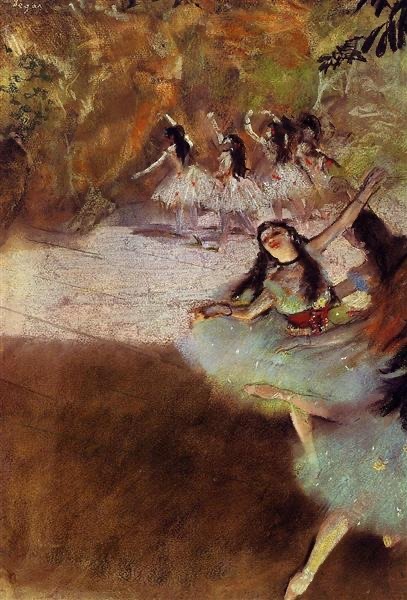
Edgar Degas
On the Stage
1880
#edgar degas#french impressionist#french artist#french art#french painter#french painting#french impressionism#impressionism#impressionist#impressionist painter#ballet dancer#ballet#ballet art#aesthetic#beauty#modern art#art history#tumblr art#aesthetictumblr#tumblraesthetic#tumblrpic#tumblrpictures
36 notes
·
View notes
Text

Mademoiselle Moreira, ballet dancer of the Parisian Opera
French vintage postcard
#vintage#tarjeta#ballet#briefkaart#mademoiselle#postcard#photography#postal#carte postale#moreira#sepia#ephemera#dancer#historic#mademoiselle moreira#french#ansichtskarte#postkarte#opera#postkaart#parisian#photo
10 notes
·
View notes
Text

Ballet preserves the cultural heritage of generations, allowing us to experience the emotions and stories of our ancestors through dance.
Margot Fonteyn
Ballet's origins grew out of the Renaissance court cultures of Italy and France. Dancers would perform at the royal courts - and then invite the audience members to participate. It was a dance that was done by courtiers and kings and princes at court in social situations. It was not a theatrical art set off from social life
The first ballet dancers did not wear tutus or dance in satin shoes, but they did formalise the footwork patterns - known as first, second, third, fourth and fifth position - that are still used today. Louis XIV of France realised that if his art form was going to be disseminated throughout his realm and even to other European countries, he would have to find a way to write it down. So he asked the famed French choreographer Pierre Beauchamp to write some these positions. The positions themselves are the grammars of ballet, they're the ABC's, the classical building blocks of ballet.
In ballet's early days, men were expected to perform the more extravagant and intricate footwork. It wasn't until years later, during the French Revolution, that female dancers became stars. During the French Revolution, the aristocratic male dancer was really discredited. The hatred and bitter animosity toward the aristocracy had direct consequences for ballet. Why should you have this aristocratic art? If you're going to take down the aristocracy, why not take down ballet, too?"
By the 1830s, men were actually reviled onstage. They're thought to be a disgrace. Female dancers take the ideals that existed in the aristocratic art form and turned them into a feminine and spiritual ideal of which they are the masters. Then you get this image of the ballerina on toe, in these more romantic-era ballets of sylphs and unrequited love and the romantic themes that carried ballet into the 19th century.
#fonteyn#margot fonteyn#quote#ballet#ballerina#dance#dancing#dancer#aristocracy#generations#history#music#aesthetics#court dance#louis XIV#french#italian#renaissance#arts#culture
76 notes
·
View notes
Text
Meet Jules Bellamy

You are welcome to send asks and more!
#jules bellamy (oc)#fandom#fandomless#original character#french oc#german oc#italian oc#multilingual oc#male ballet dancer oc#fashion designer oc#male model oc#anxious and timid oc#contortionist oc#famous oc#abused oc#forced career#illegal conservatorship#traumatized oc#dancer oc#singer oc#traveling oc#controlling parents#people-pleaser
2 notes
·
View notes
